
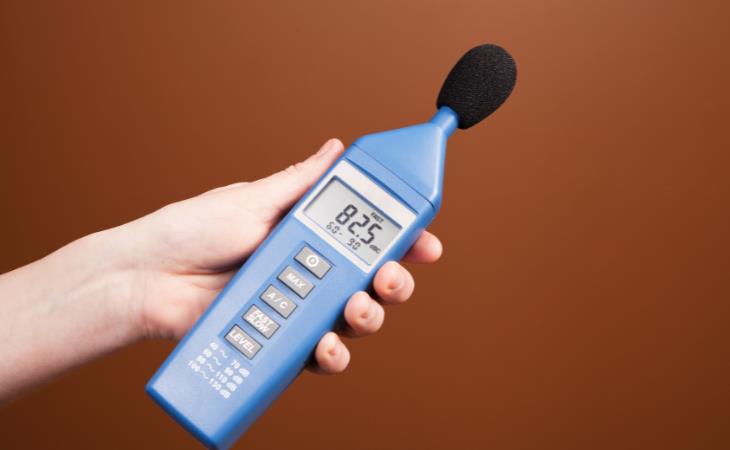
Before making any changes, it’s important to determine what’s causing the noise in your home. While some disturbances are obvious, using a decibel meter or a mobile app can give a clearer picture of where the loudest spots are.
A typical room registers between 30 and 50 decibels (dB), while anything above 70dB can be harmful. Noise sensitivity varies from person to person, so walking around and noting areas where sound spikes can help pinpoint the sources that need attention.

Household appliances contribute heavily to indoor noise levels. Washing machines, dryers, and dishwashers typically operate within the 50-70 dB range, and when multiple appliances run simultaneously, the noise can be overwhelming.
Here’s how to keep them quieter:
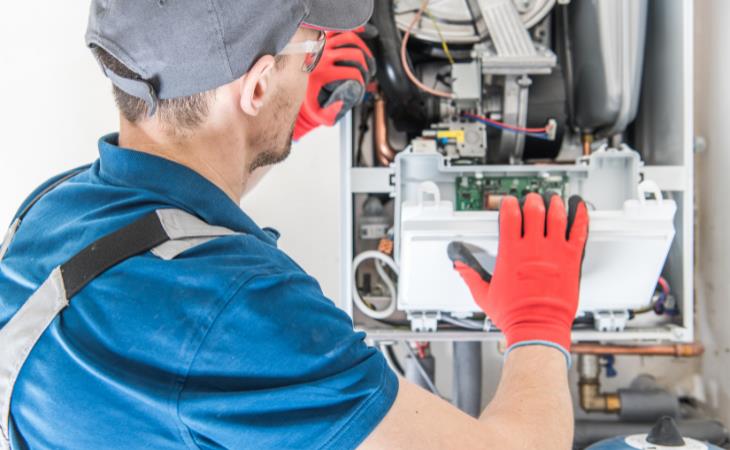
A noisy furnace can be disruptive, but there are a few ways to quiet it down:
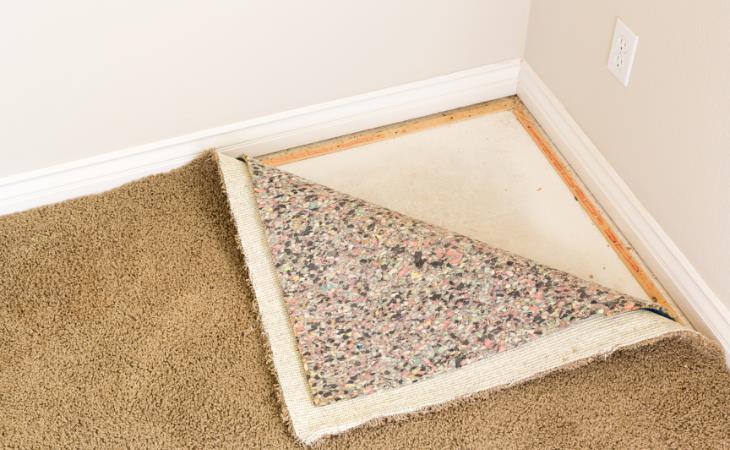
For those looking to dampen sound, a dense rug pad made of felt or acoustic foam can be highly effective. Felt pads are particularly useful for absorbing speech and music vibrations.
For an extra layer of soundproofing, cut pieces of an old rug pad and place them beneath heavy furniture like sofas and beds. When selecting rugs, aim for a high knots-per-square-inch (KPSI) count—100 KPSI is decent, while 300+ KPSI is excellent for reducing sound transmission.
Related: 5 Things You Can Do When You Sleep with Someone Who Snores
Walls, especially uninsulated ones, act as sound conductors. Electrical outlets and light switches often have gaps that allow noise to pass through. Installing noise-absorbing gaskets behind wall plates can reduce this problem. For an added barrier, applying putty around electrical boxes helps keep sound from traveling between rooms.
Basic curtains won’t do much for noise reduction. Instead, focus on heavy, dense fabrics. The ideal material weight is between 12 oz and 18 oz per yard.
Installation matters, too:

If loud pipes are a problem, especially when running hot water or when the heating system kicks in, consider these fixes:
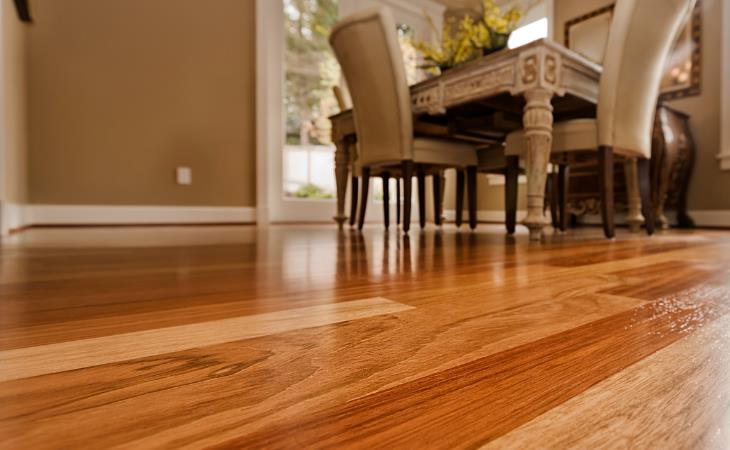
Got noisy floorboards? Try these quick fixes:
Those mysterious creaks and groans in your house? They're usually just normal settling as your home adjusts to its foundation. But temperature and humidity changes can also make materials expand and contract, creating those spooky sounds. Managing your home's climate can help reduce these noises.
Different types of ambient noise can help mask unwanted sounds. White noise works well for general noise coverage, while brown noise (which sounds like distant thunder) is better for low-frequency sounds like snoring or idling vehicles. You might also find pink or green noise more pleasant - everyone's ears respond differently.
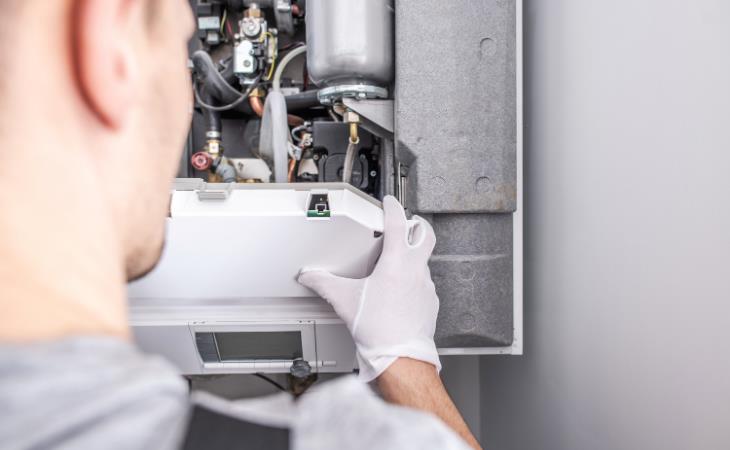
Steam radiators can be noisy, but there are easy fixes:
For noisy forced-air systems:
If these steps don't help, you might need a pro to check the motor.
Related: Is All This Noise Making Our Lives Shorter
Furniture can also contribute to noise by transmitting sounds through bare floors. Placing rugs or pads under large pieces like sofas or beds adds an extra layer of soundproofing. This simple step can help reduce noise traveling to other areas of your home.
Hollow interior doors are poor sound barriers, allowing noise to travel easily. Replacing them with solid-core doors can make a big difference. Additionally, adding a door sweep to the bottom of the door can block gaps that let sound seep through.